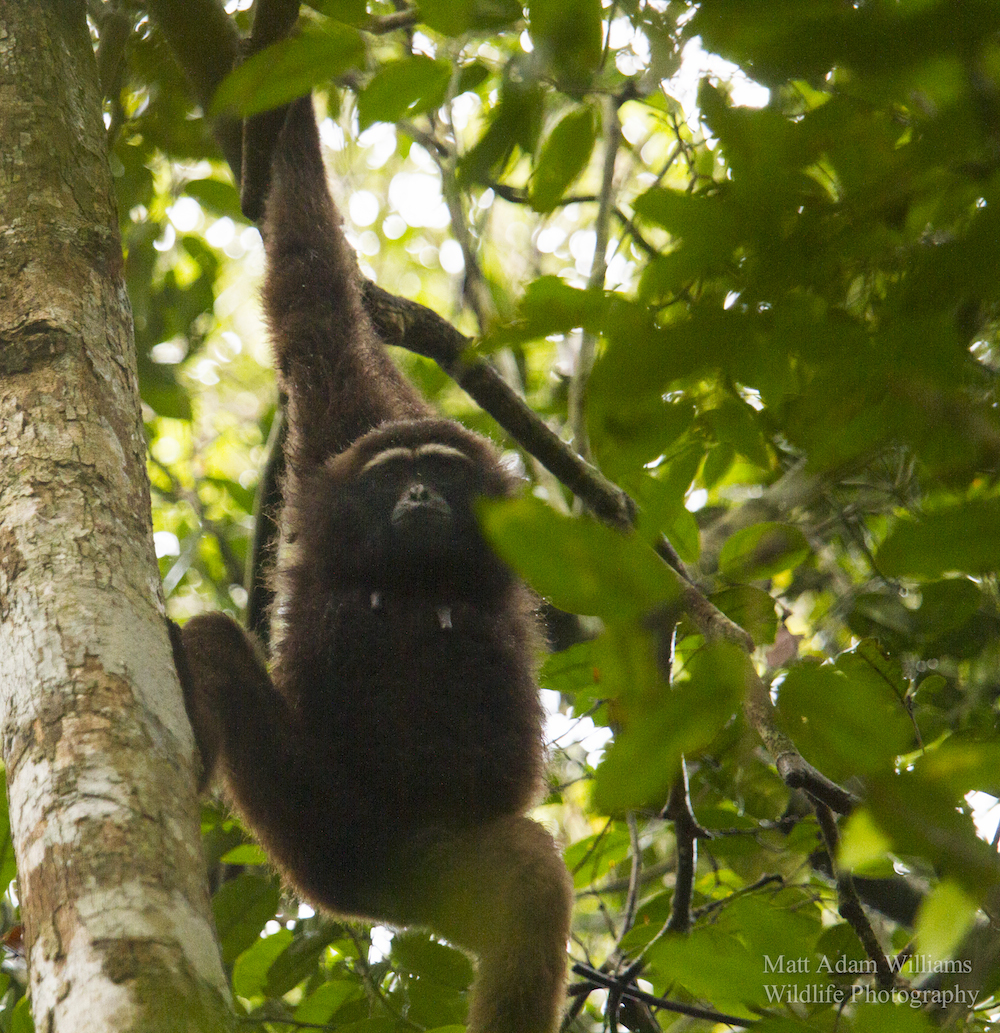A friend in the jungle, part 1
One of my aims with this blog during 2014 is to provide more guest material from friends and acquaintances. So, for 1 January, here’s my first one. My friend Ken Xie describes his visit to come and see me in the Indonesian rainforest, home to the orangutan.
A week in the forest can sound like a long time. In fact, it passes in the blink of an eye. And it is barely enough time to scratch the surface of the mysteries and wonders that lie in the depths of the tropical peat-swamp forest in Sabangau.
That is where I have just come from spending five unforgettable days, as a guest of the Orangutan Tropical Peatland Project (OuTrop), who work in Sabangau and whose office is in nearby Palangka Raya. The time I spent in the forest and in OuTrop’s forest base camp gave me an invaluable insight into the research and conservation efforts underway to protect the habitat of the largest remaining population of orangutans in the wild, as well as a range of other native and endangered flora and fauna.
***
In my experience in the climate change world, I had mainly understood the importance of tropical rainforests via their function as the world’s lungs, breathing in carbon dioxide and storing it in the trees and the soil. By some estimates, deforestation is responsible for up to 20 per cent of the world’s greenhouse gas emissions, with conversion of primary forest for agricultural purposes – from grazing land for livestock to palm oil plantations – being one of the major drivers.
Under the moniker “REDD+”, which stands for “reducing emissions from deforestation and forest degradation in developing countries”, significant progress has been made in slowing this trend. As always in the world of conservation, there is much more to be done.
But as I came to realise, it would be a grave error to mistake the forest for the trees. Because it is in the trees that the value – and the beauty – of the forest really lies.
***
The trees, of course, provide food and shelter for the orangutans, the gibbons and the red langur monkeys – the three main primate species found in Sabangau and the subject of extensive study by the staff and volunteers at OuTrop.
While this may sound like all fun and games it is by no means easy work getting up at quarter to four in the morning, and walking for up to an hour in the dark, through thigh-deep water to track down a group of gibbons via their distinctive song, and following them through the forest as they swing merrily from tree to tree. In fact, by the time they settle down in their sleeping tree, some ten or so hours later, you are thoroughly exhausted.
Nor is it any more straightforward with their cousins, the orangutans. Despite being larger and therefore less agile – not to mention easier to spot – orangutans can be dastardly difficult to locate, particularly once they settle down to feed in a tree. At ground level, they move through the forest like blade runners; one moment of inattention and they disappear as if they were never there.
As renowned as Sabangau may be for its primates, it is just as remarkable for the diversity of its other flora and fauna. Look carefully into the trees and you’ll see a plethora of birds, bats and butterflies. If you can take your eyes off the trees, you’ll see caterpillars, crickets and centipedes. And if you look to the forest floor, you’ll see some spectacular varieties of fungus.
***
It’s a lot to take in over just five days. If you’re willing to put in the time and the energy, the rewards are in plain sight.
And if five days aren’t enough for you, you can always join OuTrop as a volunteer or intern – and take a few weeks or months to plumb the depths of the Sabangau tropical peat swamp forest.


